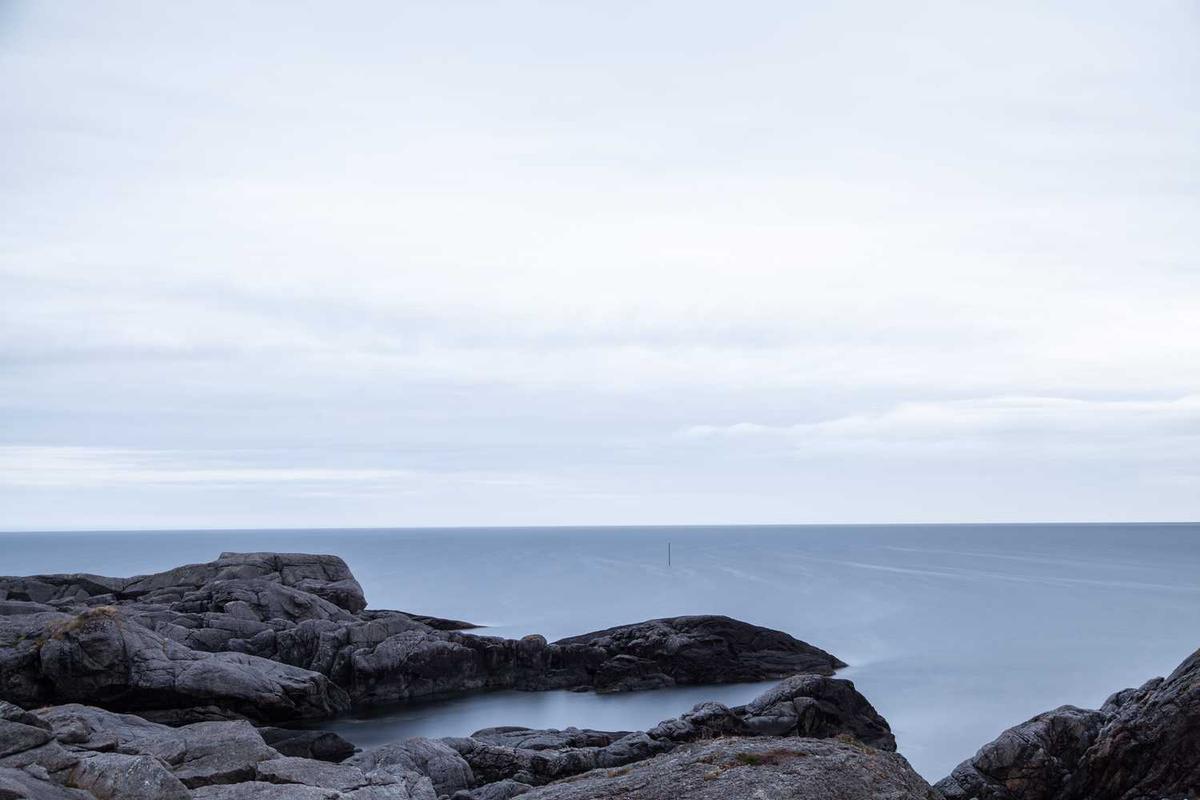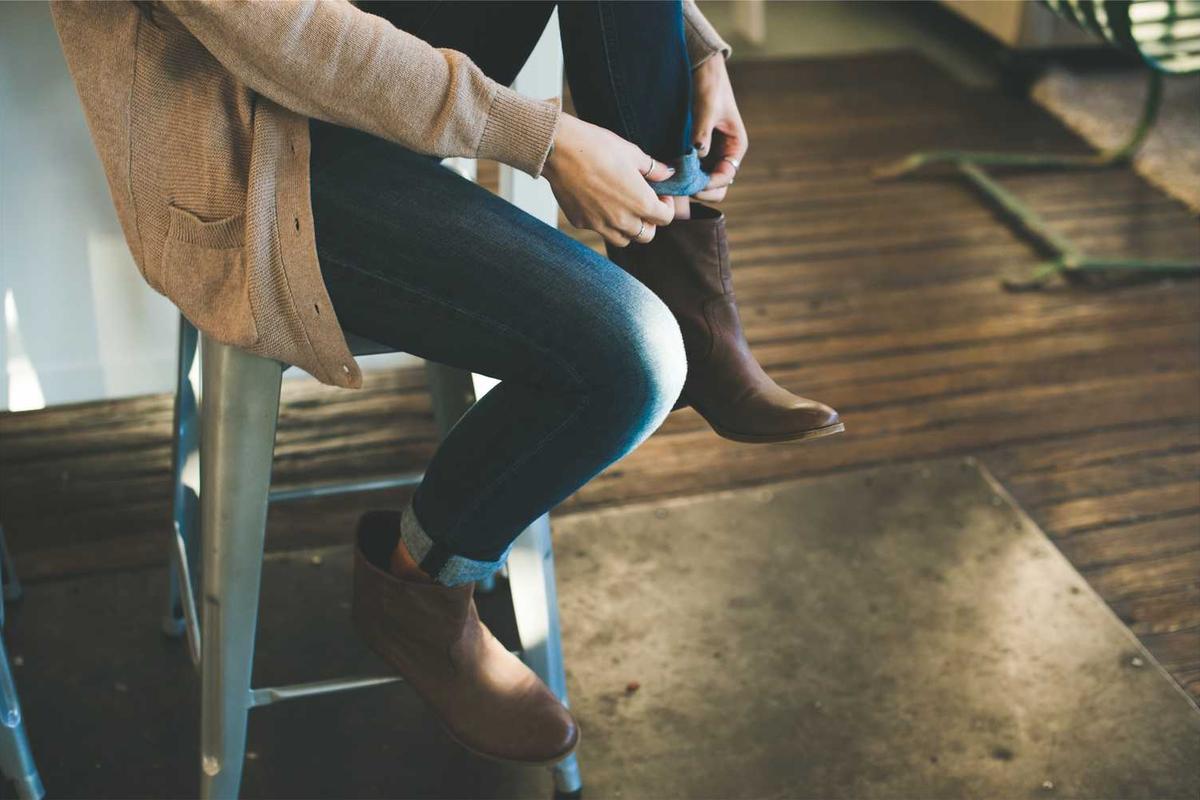Discovering Your Personal Style: Complete Guide
Uncover your authentic style identity through self-discovery techniques, style experimentation, and practical strategies for building a wardrobe that truly represents you.

Personal style is more than just following fashion trends—it's a form of self-expression that communicates who you are to the world. Discovering your authentic style is a journey of self-discovery that involves understanding your lifestyle, personality, body, and aesthetic preferences while developing the confidence to express yourself through clothing choices.
Understanding Personal Style vs. Fashion
Before embarking on your style discovery journey, it's important to distinguish between personal style and fashion, as they serve different purposes in your wardrobe and life.
Personal Style Characteristics
- Timeless: Transcends seasonal trends and passing fads
- Authentic: Genuinely reflects your personality and values
- Consistent: Maintains recognizable elements across different outfits
- Functional: Works with your lifestyle and daily activities
- Evolving: Naturally develops and refines over time
Fashion vs. Style
- Fashion: External trends dictated by the industry
- Style: Internal expression of personal identity
- Fashion: Changes seasonally and requires constant updates
- Style: Evolves gradually with personal growth
- Fashion: Can be copied from others
- Style: Is uniquely yours and cannot be replicated
Style Discovery Foundation
Lifestyle Assessment
Your personal style must align with your actual lifestyle to be truly functional:
Daily Activities
- Work Environment: Office, remote, creative, physical labor
- Social Activities: Casual gatherings, formal events, outdoor activities
- Family Life: Parent responsibilities, household activities
- Hobbies: Sports, arts, travel, volunteering
- Climate: Weather patterns and seasonal variations
Lifestyle Categories
- Professional: 40% of wardrobe for work-related activities
- Casual: 35% for everyday life and relaxation
- Social: 15% for social events and outings
- Active: 7% for exercise and physical activities
- Formal: 3% for special occasions and events
Personality Reflection
Your style should be an extension of your personality:
Core Personality Traits
- Introverted vs. Extroverted: Preference for subtle vs. bold style choices
- Traditional vs. Progressive: Classic vs. avant-garde aesthetic preferences
- Practical vs. Creative: Function-focused vs. artistic expression
- Minimalist vs. Maximalist: Simple, clean lines vs. rich, layered looks
- Confident vs. Cautious: Statement pieces vs. safe, tried-and-true options
Style Archetype Exploration
Classic Style Archetype
Characteristics of the classic style personality:
- Aesthetic: Timeless, elegant, refined, polished
- Key Pieces: Blazers, tailored trousers, little black dress, pearl jewelry
- Colors: Neutrals, navy, black, white, beige, camel
- Patterns: Stripes, plaids, subtle prints
- Fit: Well-tailored, structured, clean lines
- Icons: Audrey Hepburn, Grace Kelly, Kate Middleton
Romantic Style Archetype
Characteristics of the romantic style personality:
- Aesthetic: Feminine, soft, delicate, dreamy
- Key Pieces: Flowing dresses, lace details, cardigans, soft scarves
- Colors: Pastels, blush pink, lavender, soft blues, cream
- Patterns: Florals, lace, subtle textures
- Fit: Flowing, draped, fitted at waist
- Icons: Taylor Swift, Reese Witherspoon, Emma Stone
Dramatic Style Archetype
Characteristics of the dramatic style personality:
- Aesthetic: Bold, striking, powerful, confident
- Key Pieces: Statement coats, bold jewelry, structured pieces
- Colors: Black, red, jewel tones, high contrast combinations
- Patterns: Geometric, animal prints, bold stripes
- Fit: Structured, angular, statement silhouettes
- Icons: Lady Gaga, Zendaya, Cate Blanchett
Natural Style Archetype
Characteristics of the natural style personality:
- Aesthetic: Relaxed, comfortable, approachable, effortless
- Key Pieces: Jeans, cotton tees, cardigans, comfortable shoes
- Colors: Earth tones, denim blue, olive, cream, camel
- Patterns: Simple stripes, minimal prints, solid colors
- Fit: Relaxed, comfortable, slightly oversized
- Icons: Jennifer Aniston, Meg Ryan, Carolyn Bessette Kennedy
Style Discovery Exercises
Visual Inspiration Gathering
Collect images that resonate with your aesthetic preferences:
Pinterest Board Creation
- Instinctive Pinning: Save images without overthinking
- Diverse Sources: Include street style, celebrities, fashion editorials
- Pattern Recognition: Look for recurring themes after 50+ pins
- Color Analysis: Note dominant color palettes
- Silhouette Preferences: Identify preferred shapes and fits
Mood Board Analysis
- Common Elements: Identify repeated styles, colors, or pieces
- Emotional Response: Note which images make you feel most excited
- Lifestyle Fit: Consider which looks work with your actual life
- Aspiration vs. Reality: Distinguish between admiration and personal fit
- Style Words: Create descriptive words for your aesthetic
Closet Archaeology
Analyze your current wardrobe for style clues:
Favorite Pieces Analysis
- Most Worn Items: Identify pieces you reach for repeatedly
- Compliment Magnets: Note items that generate positive feedback
- Confidence Boosters: Pieces that make you feel your best
- Comfort Champions: Items that feel physically and emotionally comfortable
- Versatile Heroes: Pieces that work in multiple settings
Pattern Recognition
- Color Preferences: Notice dominant colors in favorite pieces
- Silhouette Patterns: Identify preferred fits and shapes
- Fabric Choices: Note texture and material preferences
- Detail Preferences: Observe likes for buttons, prints, embellishments
- Brand Affinity: Consider brands you consistently choose
Style Experimentation Phase
Low-Risk Experimentation
Test new style directions without major investment:
Accessory Experimentation
- Jewelry Styles: Try different metals, sizes, and styles
- Scarf Styling: Experiment with different ways to wear scarves
- Bag Varieties: Test different bag styles and sizes
- Shoe Exploration: Try different heel heights and styles
- Hair Accessories: Experiment with clips, headbands, and ties
Styling Variations
- Tucking Techniques: Front tuck, full tuck, half tuck
- Layering Methods: Different combinations of existing pieces
- Proportion Play: Mixing fitted and loose silhouettes
- Color Combinations: New ways to pair existing colors
- Casual vs. Dressed Up: Different styling of the same pieces
Strategic Shopping Experiments
Make purposeful purchases to test style directions:
Affordable Testing
- Budget Retailers: Test trends and styles affordably
- Thrift Shopping: Experiment with vintage and unique pieces
- Borrowing: Try friends' pieces in different styles
- Rental Services: Access high-end pieces for special occasions
- Sample Sales: Test designer aesthetics at reduced prices
Refining Your Style Identity
Style Statement Development
Create a clear articulation of your personal style:
Style Word Exercise
- Primary Words: Choose 3-5 words that define your aesthetic
- Supporting Words: Add 5-7 additional descriptive terms
- Anti-Words: Identify what your style is NOT
- Lifestyle Integration: Ensure words align with your actual life
- Evolution Allowance: Leave room for natural style growth
Style Sentence Creation
Craft a sentence that captures your style essence:
- Example 1: "My style is classic with modern touches, always polished but never precious."
- Example 2: "I dress with romantic femininity balanced by practical functionality."
- Example 3: "My aesthetic is minimalist and modern with unexpected artistic details."
- Personal Creation: "My style is _______ with _______, always _______ but never _______."
Building Your Style Wardrobe
Style-Based Shopping Strategy
Make purchases that align with your discovered style identity:
Style Filter Questions
- Style Alignment: Does this piece reflect my style words?
- Lifestyle Fit: Will I actually wear this in my real life?
- Wardrobe Integration: Does it work with pieces I already own?
- Quality Assessment: Is the quality appropriate for the price?
- Joy Factor: Does wearing this piece make me feel authentically me?
Style Evolution Management
Allow your style to grow and change naturally:
Annual Style Review
- Style Assessment: Evaluate if your style words still fit
- Lifestyle Changes: Consider how life changes affect style needs
- Inspiration Updates: Refresh your mood boards and inspiration
- Wardrobe Audit: Remove pieces that no longer align
- Goal Setting: Set style goals for the coming year
Common Style Discovery Challenges
Perfectionism Paralysis
Overcome the fear of making style mistakes:
- Embrace Experimentation: View mistakes as learning opportunities
- Start Small: Make minor changes before major overhauls
- Progress Over Perfection: Focus on improvement, not flawlessness
- Style Community: Seek support from like-minded individuals
- Professional Help: Consider working with a stylist for guidance
External Pressure
Stay true to your authentic style despite outside influences:
- Social Media Limits: Curate feeds to support your style goals
- Friend Opinions: Appreciate feedback but trust your instincts
- Trend Resistance: Choose trends that align with your style
- Age Appropriateness: Define what this means for you personally
- Budget Boundaries: Maintain style goals within financial limits
Technology and Style Discovery
Digital Style Tools
Leverage technology to support your style journey:
- Style Apps: Use apps for outfit planning and color analysis
- Virtual Styling: Try virtual try-on technology
- Color Analysis: Use apps to determine your color palette
- Body Shape Tools: Get guidance on flattering styles
- Shopping Apps: Find pieces that match your style preferences
Conclusion
Discovering your personal style is a journey of self-discovery that extends far beyond clothing choices. It's about understanding who you are, how you want to present yourself to the world, and creating a visual representation of your authentic self through thoughtful wardrobe choices.
Remember that personal style is not a destination but an evolving expression of your growth and changes as a person. Be patient with the process, enjoy the experimentation, and trust that your authentic style will emerge as you become more attuned to what truly resonates with you. The goal is not to find the "perfect" style, but to develop a clear sense of what makes you feel confident, comfortable, and authentically yourself.


